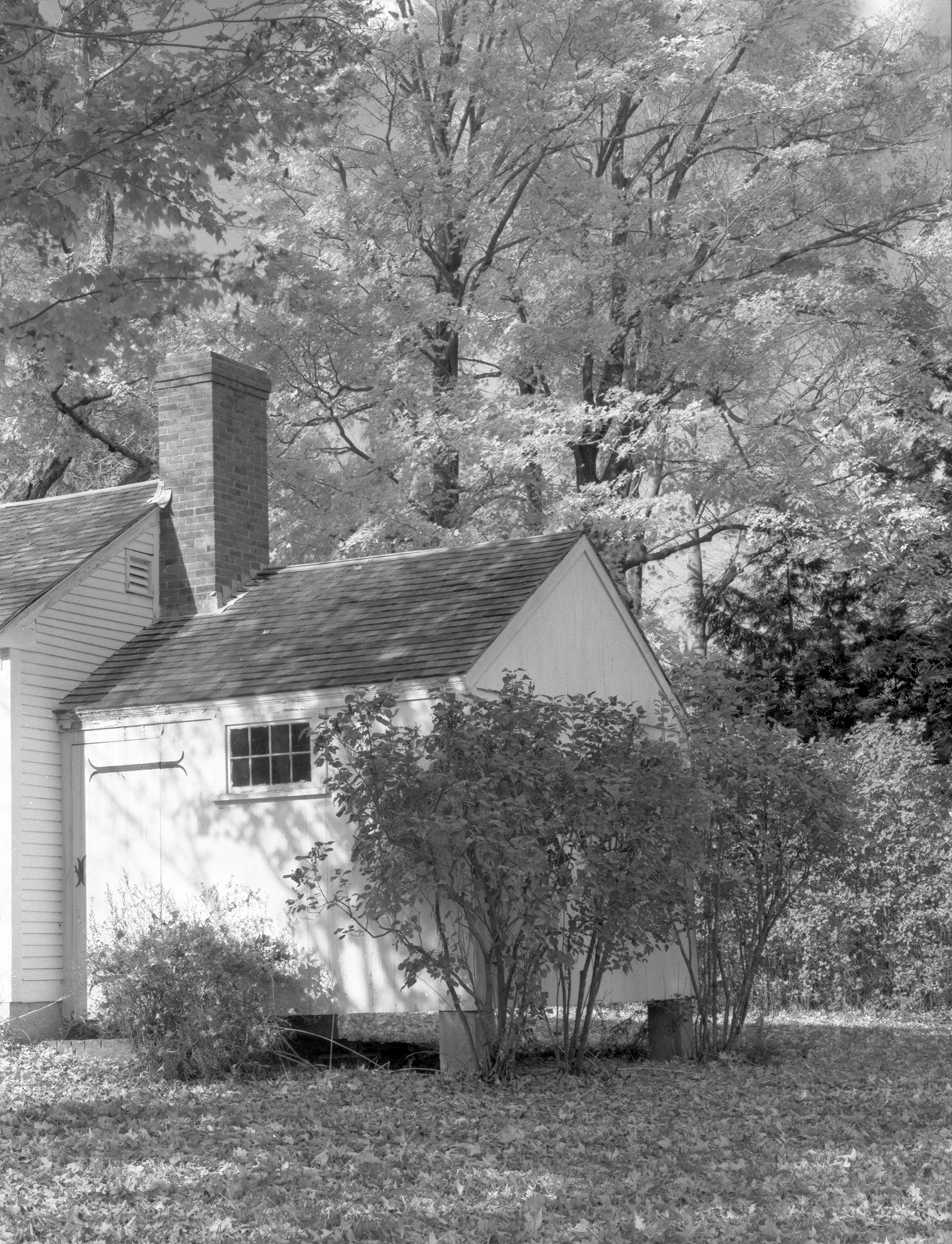Is a Kit Lens Better for Infrared Photography?
Okay, I have a digital camera converted to capture infrared light. I’m ready to go out and shoot pictures, right? My camera is ready–Is my lens? Light is bent when it passes through transparent materials such as air, water, and glass. However, different colors (wavelengths of light) may not bend at the same degree so […]
